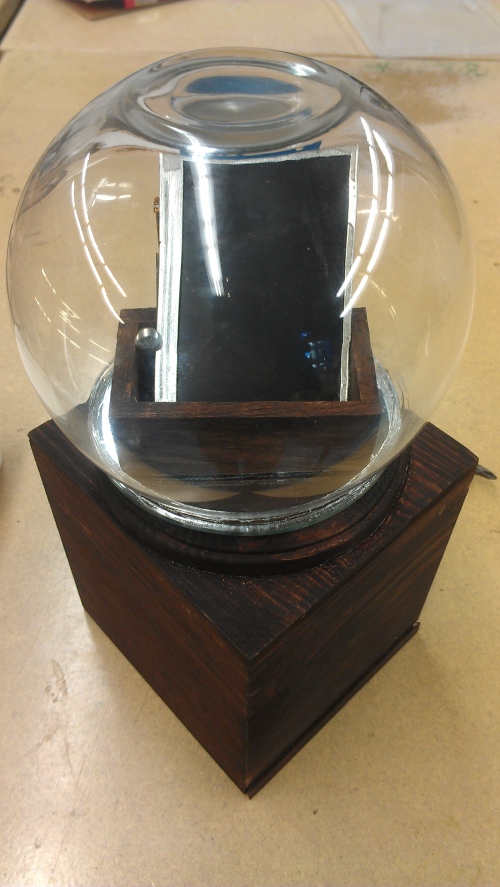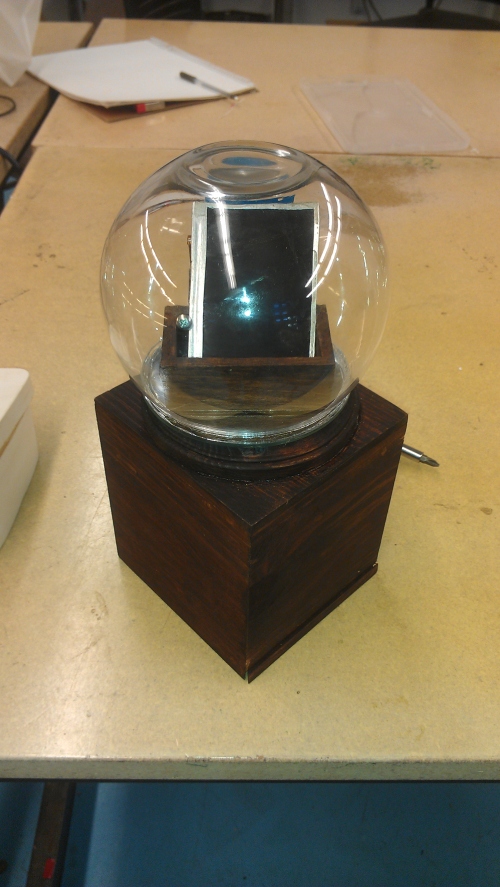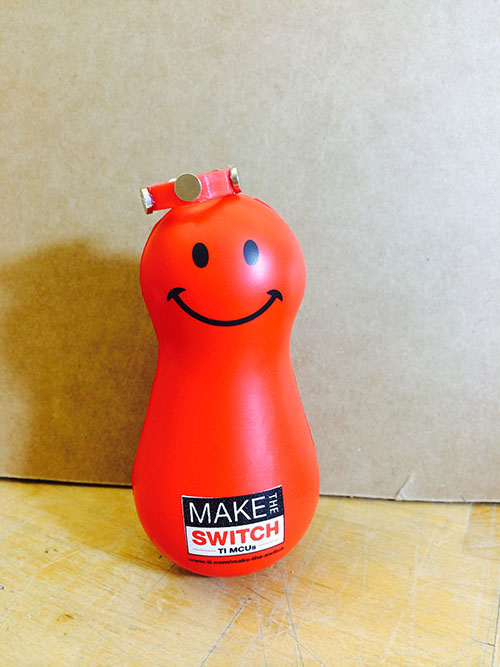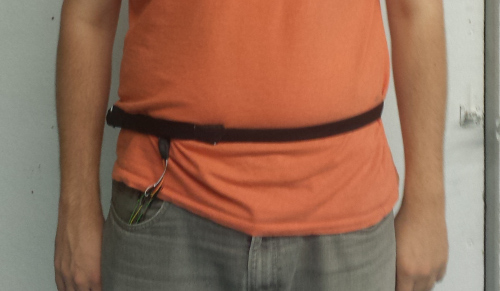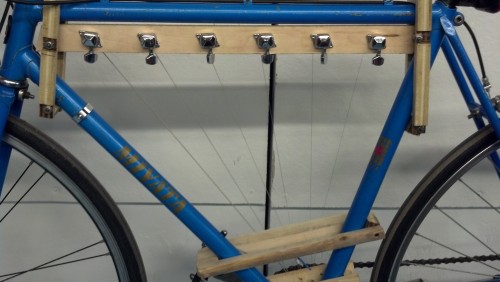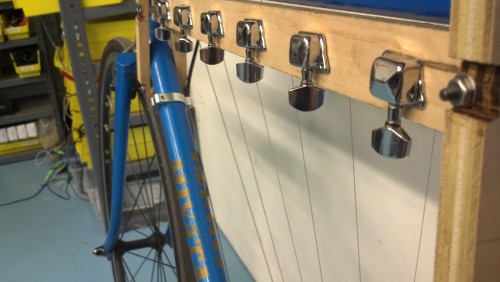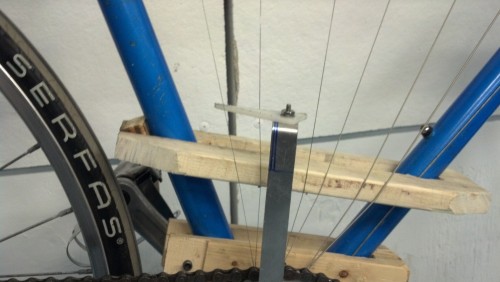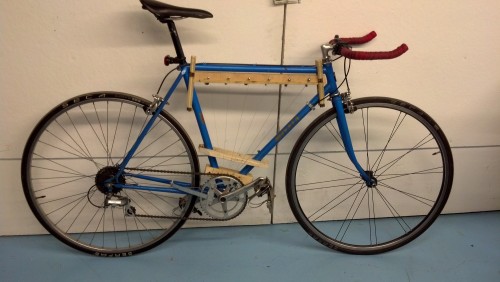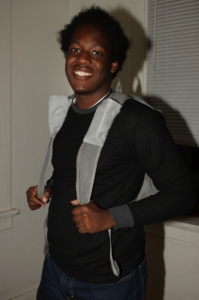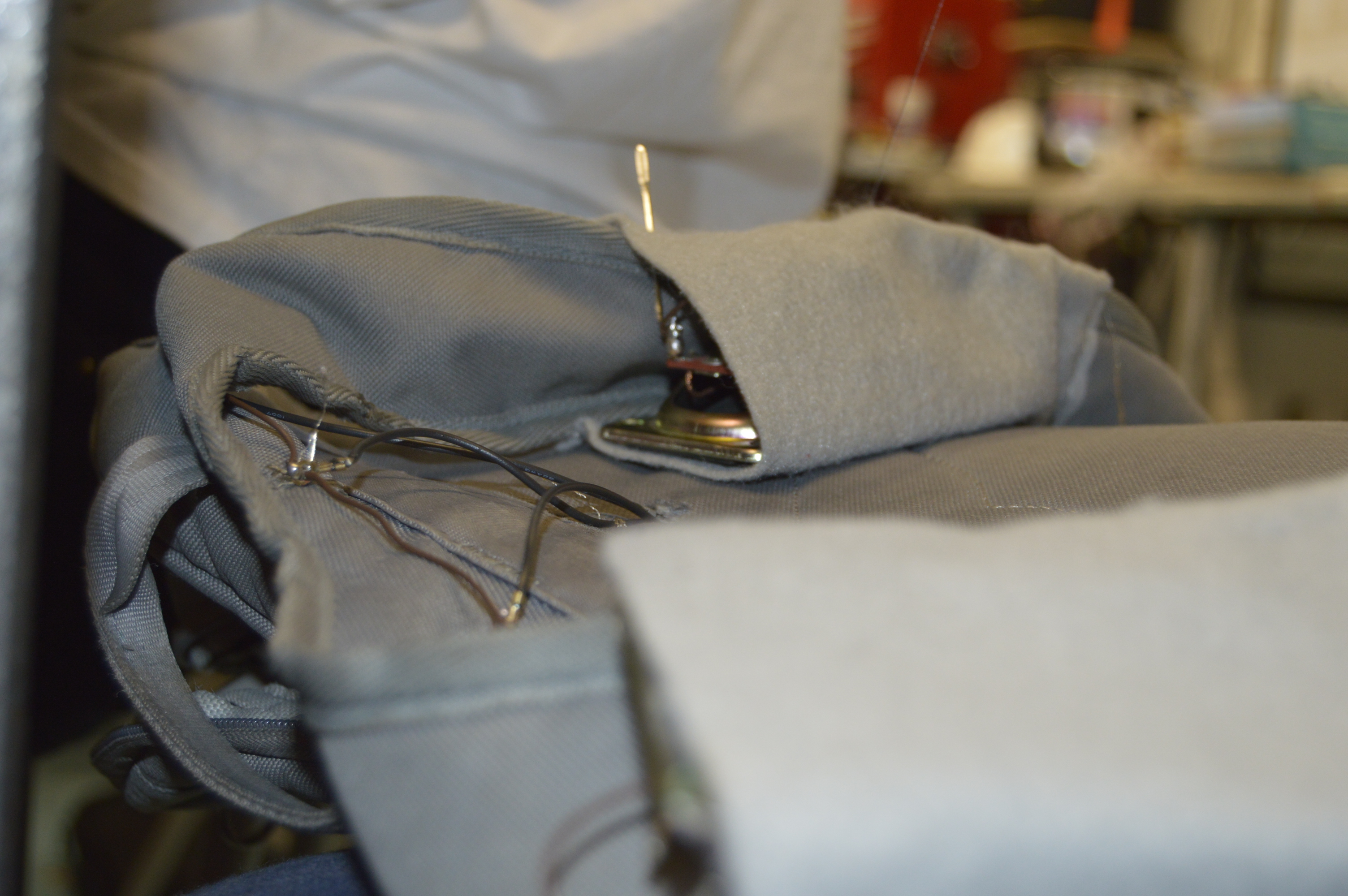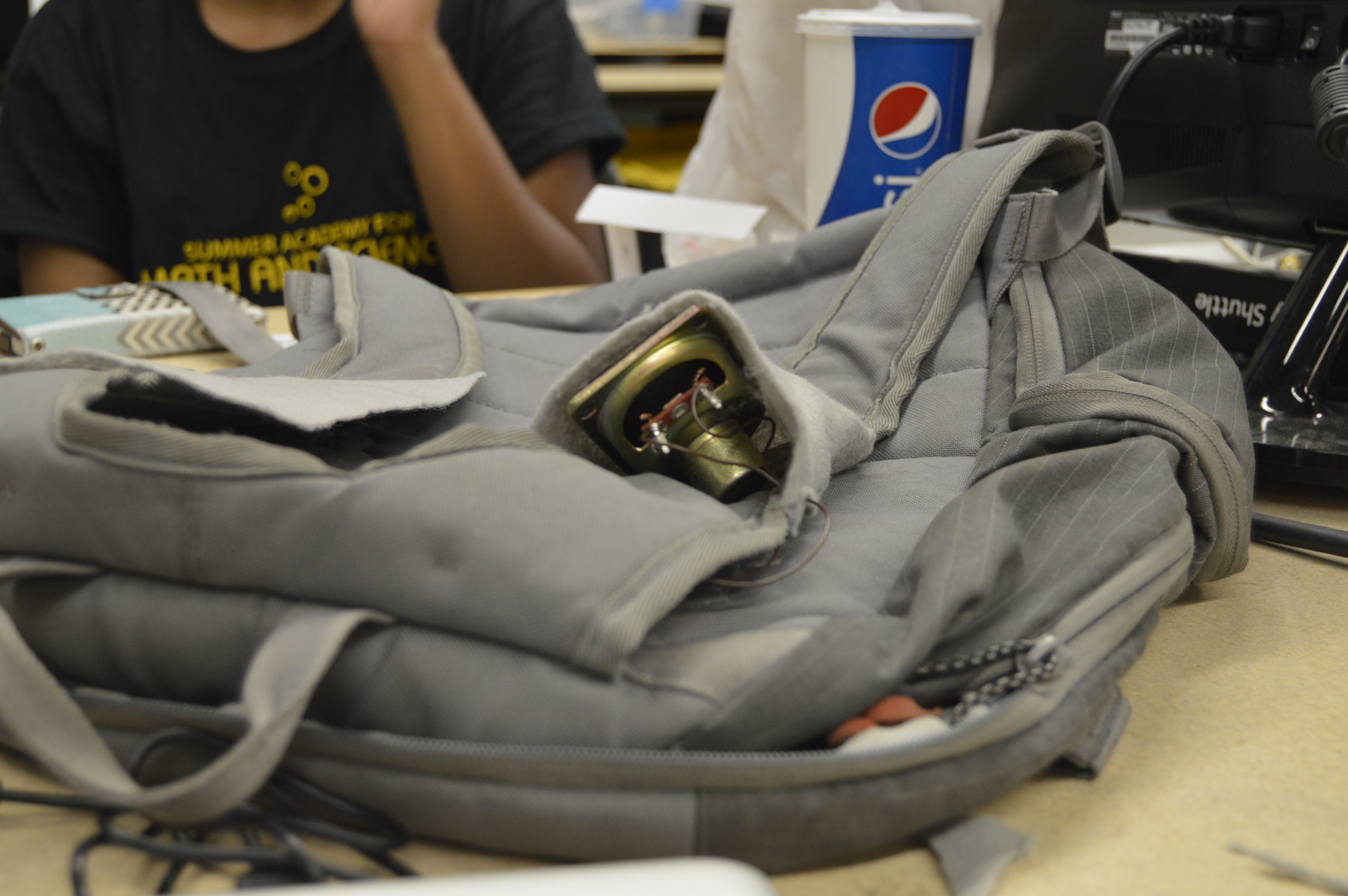“Crystal Protocol” by Matt Sandler (2014)
This piece is mainly a response to The Artificial Kingdom by Celeste Olalquiaga.
In it the author discusses the invention of industry, mass production, and essentially modernity.
She relates it to Walter Benjamin’s writings on
the death of the aura for a piece of art,
the disintegration of its aura creating a debris which covers the object in a thin film like the dust which ignited makes the tail of a comet (birth of kitsch)
the historical and social psychological narratives of the mid-1800’s as a response to the above and coinciding with glass technology improvements, in the rise of popularity of, the “Arcade”(a mall-precursor), an attempt to reproduce the natural, fern-o-mania (collecting ferns), aquariums, souvenirs, snowglobes, and the building of an enormous glass building which to the likes has not been outdone to this date.
one particular passage struck me.
we suppose that in a few monthsthe glittering palace of iron and glass, the mostunique and remarkable building inthe world, will be as entirely a thing of the pastas the ice-palace of the Empress ofRussia that thawed in the summer sun.Illustrated London News On theCrystal Palace, Saturday October 11, 1851
This was written so shortly after The Crystal Palace and was oddly foreboding in the prediction of its novelty but also its imminent death (burnt down) 80 years later. The Ice-Palace of Anna Inanovna was built a mere 100 years prior and its ephemeral beauty melted, like all things must.
Less than 100 years after the melting of The Crystal Palace, and we have a new Crystal Palace.
A construction of transparency that we delude ourselves into believing will last forever.
The Crystal Protocol pings Google and traces the route the packets of information takes to be received.
The more “hops” from server to server, the more obfuscated and less direct our connection to that data.
Each hop is turned into an ASCII snowflake/debris floating the digital screen. By moving around the globe you can watch the snowflakes drift around and by shaking you can queue the quote above from the Illustrated London News.
The snowflakes are likely to increase with time. Eventually this snowglobe will not work at all.
The screen will power-on but wi-fi will be a thing of the past.
Following that, this snowglobe will be an antique, an artifact.
Following that it will be dust.
Folder for install and de-install Instructions
I apologize for the incorrect orientation and overall quality of the video. This is a temporary placeholder until 9/29/2014.
(I also plan to post a breakdown of methods/code/problems that were used/employed/encountered in this project along with lots of pictures of failure.)
portfolio_ms

